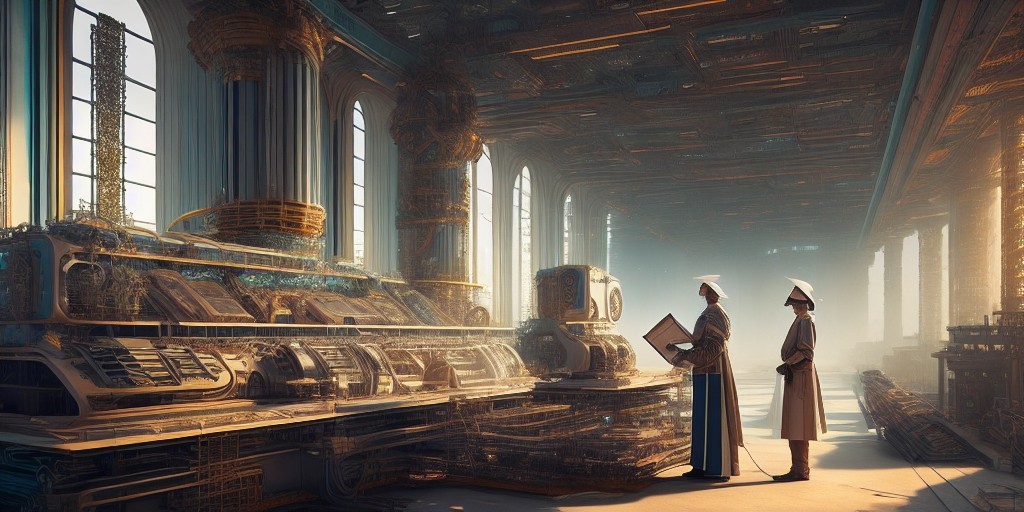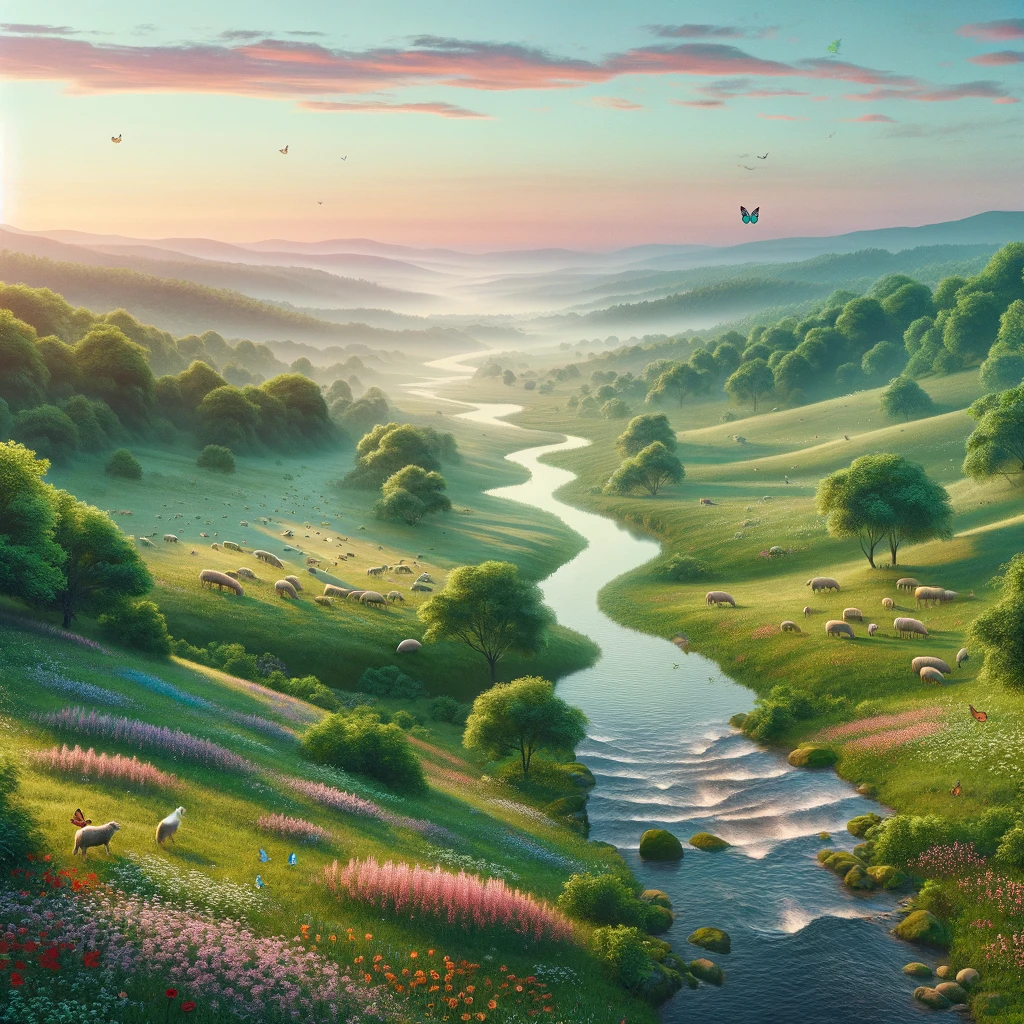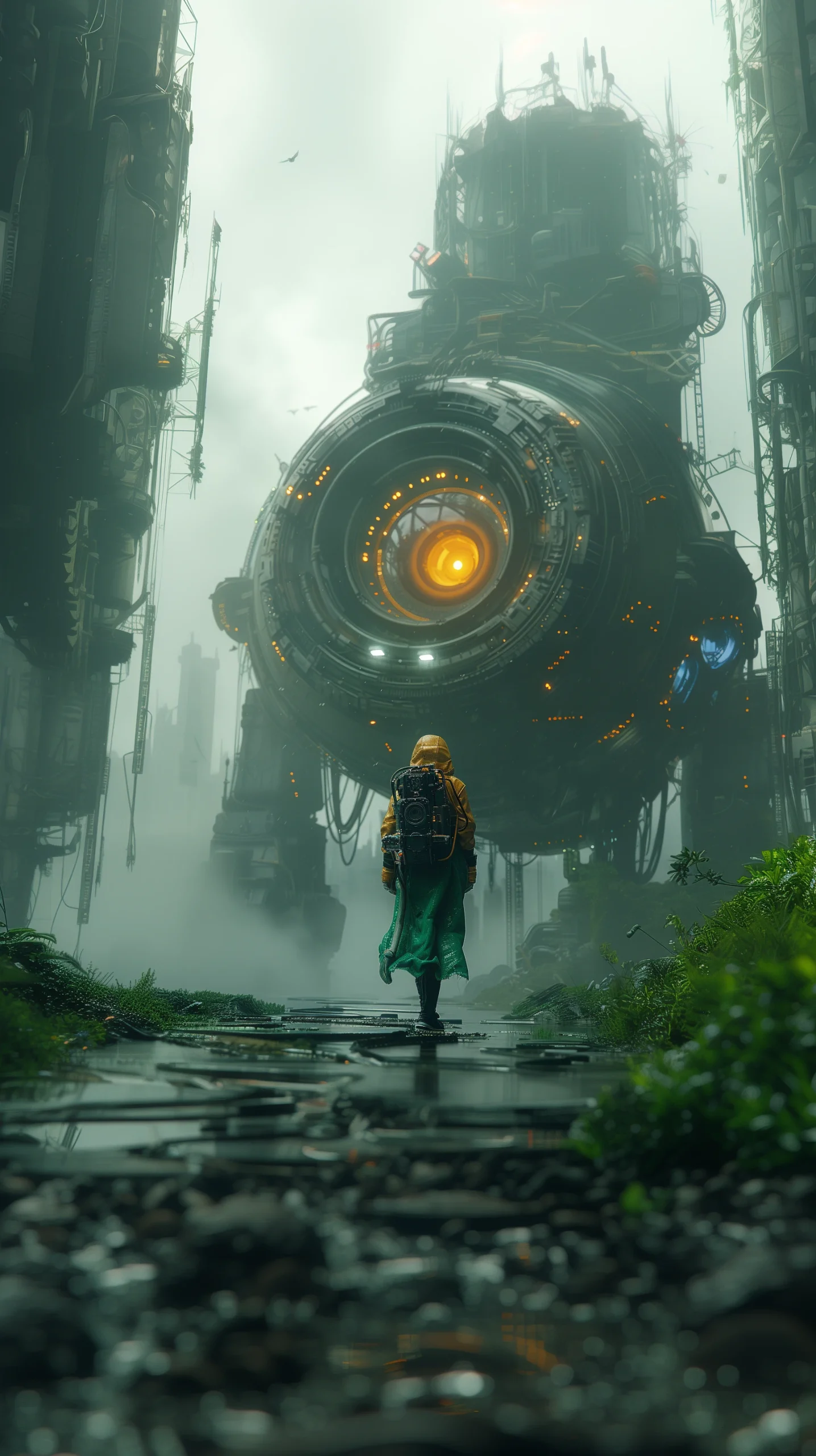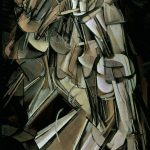Stable Diffusion and DALL-E3 stand out as leading AI image generation tools today, functioning in more or less the same way. Both models, trained on colossal collections of text-image pairings. Thus Allowing these mighty tools to comprehend concepts such as cats, bowler hats, and dark hazy lighting. Such elaborate training is what enables these models to understand what a user mean when they type complex prompts such as ” a watercolor depiction of a French women bicycling with a baguette through lavender fields”.
So, grab a cup of your favorite beverage and sit tight as we plunge into a comparative analysis of Stable diffusion and DALL-E3, we’ll explore how these models translate complex ideas into vivid imagery, illustrating their ability to bring divers and imaginative scenes into life.
Basic Back Grounds of Stable Diffusion and DALL-E3
Origins and Early Days
- Stable Diffusion: with a conceptual and theoretical foundation that dates back to the early 2000s. Stable diffusion, introduced by stability AI with a revolutionary vision: to democratize the artistic process, thus making it accessible to everyone through the help of AI. By training on an enormous, rich and varied database, this model could interpret elaborate texts prompts into visually stunning images. Its launch marked a pivotal leap forward in the integration of AI as part of the creative process.
- DALL-E3: building on the success of its predecessors, DALL-E and DALL-E2, OpenAI aimed to further push the boundaries of what AI can achieve in art generation. Significant investments from Microsoft, among other supporters, played a crucial role in accelerating the project’s development and research capabilities.

Technological Foundations
- Stable Diffusion: Stability AI has developed Stable diffusion using latent diffusion model that transforms random noise into coherent images based on textual prompts. Additionally, This method allows the generation of detailed images across diverse styles and subjects with impressive versatility.
- DALL-E3: OpenAI has engineered DALL-3 with an advanced transformer model trained for images generation from text descriptions. Furthermore, This model enhances the clarity and contextuality of generated images, building on the achievements of its predecessors.
Creative Capabilities of Stable Diffusion and DALL-E3
- Stable Diffusion: Offering flexibility, stable Diffusion excel in generating art, concept illustrations, and photorealistic images. it supports creative exploration by producing theme variations and adjusting to user feedback for a wide creative range.
- DALL-E3: DALL-E3 is renowned for its ability to grasp and creatively interpret specific prompts, producing images that capture nuanced artistic styles with remarkable accuracy, from classical to contemporary digital art.

Accessibility and User Interface
- Stable diffusion: Widely accessible, this tool in integrated into various platforms, and applications, enabling users of varying technical skills to delve into AI-Generated art. Its open-source status encourages community enhancements and wide customization.
- DALL-E3: OpenAi’s platform provides a user-friendly interface for DALL-E3, though access is regulated by API policies and costs. Furthermore, its potent imagine generation capabilities makes it a prized tool for professionals and artists seeking top-tier AI-generated visuals.
Impact on the AI Art Community
- Stable Diffusion: By democratizing the process of the AI Art generation, Stable Diffusion gave birth to a novel wave of creative projects and collaborations. Furthermore, Its open-source approach has cultivated a dynamic artistic community that continuously broadens its uses and shares innovations.
- DALL-E3: DALL-E3 has expended the horizons of AI-generated art, eliciting both admiration as well as ethical and moral debates about notions such as authorship, authenticity, and originality. This tool has has encouraged artists across the globe to merge human creativity with the potent generative power of AI learning machines, pushing creative expression to new heights.

In a nutshell, the choice between Stable Diffusion and DALL-E3 boils down to personal preference, needs, and intended use. Each tool shines in its own right, offering unique contributions to the sphere of AI-generated art. Whether its the flexibility and community-driven qualities of Stable Diffusion or the precision and depth of DALL-E3, users and art enthusiasts will find that the artistry of AI extends far beyond a single “BEST” options.







